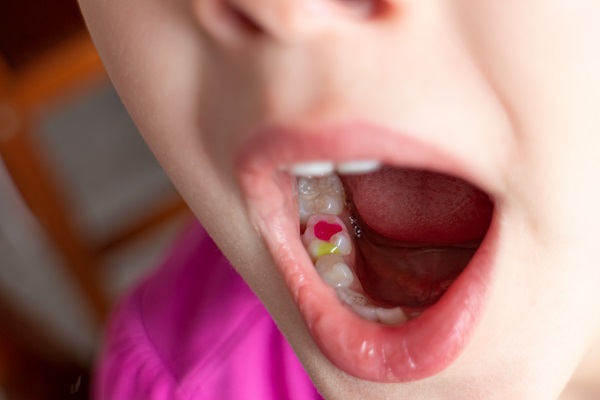How a Tooth Filling Is Done

tooth fillings offer a simple approach with little to no pain. This dental restoration treatment has long been the standard for restoring and rebuilding teeth damaged by cavities, injury, or minor imperfections such as chips or cracks. When considering different dental restoration options, it is a good idea to get familiar with how each procedure works. This gives patients the ability to weigh their options and make an educated decision about their oral health.
An overview of tooth fillings
A tooth filling is a procedure done to literally fill a tooth that has an empty space or spot in it. The filling itself is made up of a chosen material, which may be gold, porcelain, silver amalgam, plastic, composite resin, or dental glass. The patient will decide on the material during the consultation with the dentist.
Gold is a strong and reliable material that rarely requires replacement or repair. Porcelain, on the other hand, is the most common option. It is white in color, which ensures a natural-looking restoration and it is much stronger than composite resin or plastic.
A step by step guide to the tooth filling procedure
Numbing the patient
A tooth filling procedure requires a few steps, However, for the most part, it is easy, simple, and next to painless. First, the dentist will numb the patient to ensure that they feel little to no discomfort during the procedure.
Removing the damaged part of the tooth
Then, once the patient is numb, the dentist will use a dental drill to remove infected, decayed, or broken parts of the tooth. The patient will likely feel pressure and slight discomfort during this part of the treatment process; however, it should not feel painful. After removing the damaged part of the tooth, the dental team will clean the tooth to ensure there is no leftover debris.
Sealing it with the filling material
The chosen filling material will be used to fill the top of the tooth, sealing off the empty space. Finally, the dentist will use a special light to harden and seal the material. They may also polish it or file it down to ensure the patient can bite and chew evenly.
Recovery and aftercare
After a tooth filling procedure, the patient can get back to normal routine. While there is no recovery time required, dentists do recommend avoiding eating foods that are sticky, hard, or chewy as these could damage the freshly filled tooth and the filling material. Some patients may also experience slight sensitivity, which can be remedied with a prescribed oral rinse or toothpaste. Additionally, the tooth may feel sore for a day or so afterward. An over-the-counter pain reliever can be used to remedy any discomfort.
We are here to answer your questions
Do you have further questions about the tooth filling process? The Vegas Smiles team is here to answer them. Call our Las Vegas office for more information or to schedule an appointment.
Request an appointment here: https://vegassmiles.com or call Vegas Smiles at (702) 359-5686 for an appointment in our Las Vegas office.
Check out what others are saying about our dental services on Yelp: Tooth Fillings in Las Vegas, NV.
Related Posts
A dental fillings is indispensable when it comes to teeth restoration. It can fill the cracks and cavities that dental decay has left on your tooth. While getting fillings is an easy procedure, some find it taxing, especially when there is hearsay about drills and scraping. If you want to understand what happens when you…
A cosmetic dentist plays a crucial role in enhancing both the function and appearance of a patient's teeth. Some treatments are more effective for a smile's appearance than its function. Understanding the difference between corrective and aesthetic dentistry is essential for anyone considering dental improvements.Corrective dentistry addresses structural problems and functional issues within the oral…
An emergency dentist can be a reassuring source of professional care in moments of sudden dental pain, injury, or complications. Addressing unexpected problems promptly helps prevent further damage and protect oral health. Having a clear plan and following expert recommendations will make managing stressful dental emergencies easier, maintain healthy teeth and gums, and reduce the…
Patients with dental implants often have questions about the affixed implant crown. Dental implants are ideal for replacing lost tooth roots, and crowns are crucial for helping you get your desired smile. One common query that dentists deal with is the possibility of replacing the dental crown on the implant.Patients will have a better knowledge…
